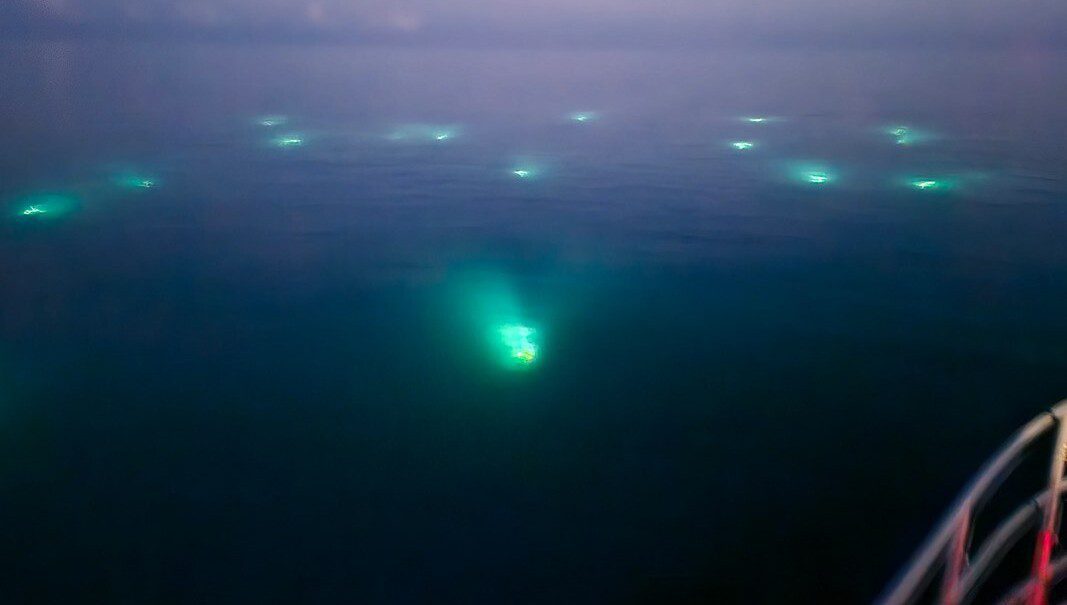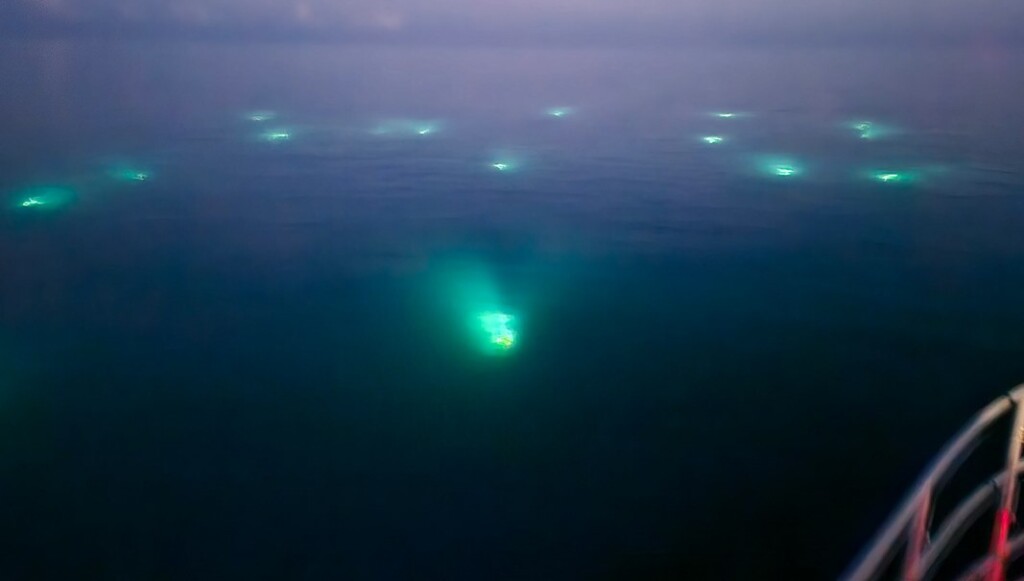

Imagine a bird feeder designed for coral reefs—this is essentially what scientists at Ohio State University have created, resembling a searchlight.
This innovative device, known as the Underwater Zooplankton Enhancement Light Array (UZELA), utilizes a specialized light to draw in the tiny organisms that corals rely on for nourishment.
The UZELA is a programmable, autonomous underwater lighting system that was tested in partnership with the Coral Restoration Foundation in Hawaii.
Over a six-month period, researchers evaluated the UZELA’s impact on two indigenous coral species in Hawaii, discovering that the system significantly increased local zooplankton populations and enhanced the feeding rates of both healthy and stressed corals.
By allowing corals to consume larger amounts of zooplankton, the device helps strengthen them, making them more resilient to various environmental challenges such as heat waves and ocean acidification.
“Coral reefs support about one-third of all marine species yet occupy less than 1% of the ocean,” explained Andrea Grottoli, the leading researcher and an earth sciences professor at Ohio State University.
The foundation notes that if UZELA proves effective, it could transform operations in coral nurseries.
“By boosting coral health and survival rates, UZELA may significantly shorten the growth time for corals before they can be reintroduced to reefs, enhancing the success of restoration initiatives and lowering the costs associated with nurturing nursery corals.”
OCEAN ADVANCEMENT: ‘Huge Environmental Win’: Australia to Protect 52% of its Oceans, More Than Any Other Country
While there is understandable concern that artificial lighting could disrupt the behaviors of marine life, the study indicates that utilizing the UZELA intermittently does not harm the environment or disturb the surrounding zooplankton flow.
“The concept is similar to having zooplankton collected in a specific area above coral instead of being naturally dispersed,” Grottoli said. “The UZELA helps draw them closer to the coral, leading to feeding rate increases of 10 to 50 times when positioned nearby.”
MORE CORAL NEWS: Full Recovery for Coral Reef Within 4 Years – The Speed of Restoration They Saw was ‘Incredible’
“Our primary goal with this initiative is to harness innovative technology to elevate coral restoration success. It is ideal for strategically deploying in high-priority reefs or projects with significant prior investments.”
SHARE this inspiring news about a groundbreaking invention aimed at strengthening our reefs…









